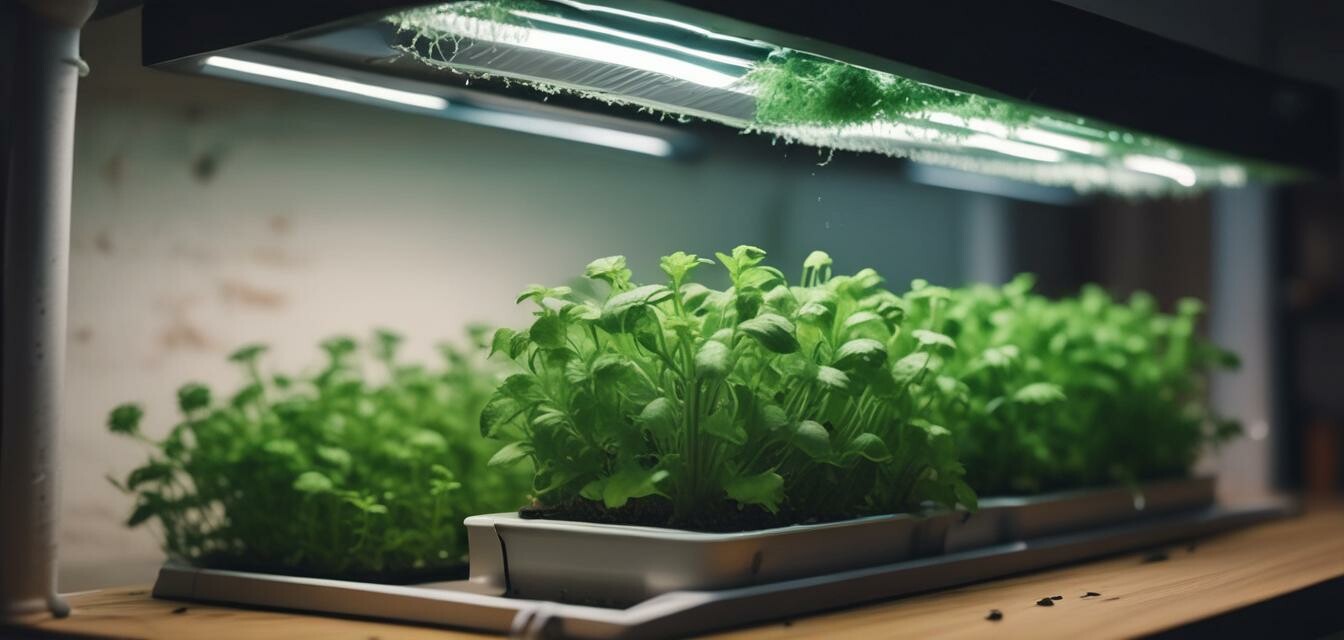
Building a Self-Watering Hydroponics System
- Self-watering systems simplify the maintenance of hydroponic setups.
- Using a drip irrigation method ensures optimal nutrient delivery to plants.
- The right materials can greatly enhance the performance of your system.
- Building your own system can save money and offer customization.
- Regular monitoring and adjustments are key to plant health.
If you're looking for an effective way to maintain your plants while minimizing maintenance time, building a self-watering hydroponics system could be the perfect solution. This project will guide you through creating a setup that keeps your plants healthy and thriving all year round. Let’s get started with the basics of hydroponics and the steps to build your own self-watering system!
What is a self-watering hydroponics system?
A self-watering hydroponics system is designed to supply water and nutrients to plants automatically, reducing the need for constant supervision and manual watering. This makes it ideal for busy individuals or those new to gardening.
Benefits of a self-watering system
- Minimized physical effort in gardening.
- Consistent water and nutrient delivery.
- Helps in maintaining optimal moisture levels.
- Reduces water wastage compared to traditional methods.
Essential components
To build your self-watering hydroponics system, you will need a few essential components. Here’s a list:
| Component | Description |
|---|---|
| Water reservoir | A container that holds the nutrient-rich water for your plants. |
| Growing medium | Matter that supports plant roots; options include clay pellets, rock wool, or coconut coir. |
| Piping and tubing | To transport water from the reservoir to the plant roots. |
| Drip emitters | Devices that release water directly to the plant roots. |
| Water pump | To circulate the nutrient solution throughout the system. |
Step-by-step guide to building your system
Follow these simple steps to create your self-watering hydroponics system:
- Select a location: Choose an area with ample light for your plants and easy access for maintenance.
- Prepare your reservoir: Find a suitable container, and fill it with nutrient-rich water.
- Set up the growing area: Arrange your growing medium in a manner that allows water to drip down to the roots.
- Install the piping: Connect the drip emitters to the water pump and ensure the tubing leads to the plant area.
- Test your system: Turn on the water pump and observe how well the water reaches the growing medium.
- Monitor and adjust: Check water levels regularly and adjust the nutrient solution as needed.
Tips for success
- Choose the right plants: Herbs and leafy greens are great for beginners.
- Monitor pH levels: Keep the water’s pH between 5.5 and 6.5 for optimal nutrient absorption.
- Educate yourself on plant specific needs: Different plants may require varying levels of nutrients and light.
- Keep the system clean: Regularly remove any algae or debris to prevent blockages.
Potential challenges
While self-watering systems are efficient, they can pose challenges if not properly maintained:
- Clogged tubing can occur if not regularly cleaned.
- Incorrect nutrient levels can affect plant growth.
- Electricity dependency for water pumps may lead to issues during power outages.
Frequently Asked Questions (FAQ)
Can I build a self-watering hydroponics system indoors?
Yes, they are ideal for both indoor and outdoor settings. Ensure to have adequate lighting if indoors.
How often should I check the water levels?
Regular checks are necessary, typically every few days, especially in warmer conditions.
Are self-watering systems expensive to maintain?
Once set up, they can be relatively low in maintenance costs, primarily depending on your electricity usage and nutrient replacement.
Conclusion
Building a self-watering hydroponics system is a rewarding project that can save you time while providing fresh produce. With the right components and a commitment to monitoring, you'll enjoy a thriving hydroponic garden without the constant upkeep of traditional growing methods. For more ideas and support, check out our DIY Projects category.
Pros
- Efficient water usage
- Less manual labor required
- Customizable to personal needs
- Year-round plant growth
Cons
- Initial setup can take time
- Requires monitoring of systems
- Pumps may fail and need replacements
- Can be more expensive than traditional systems upfront

